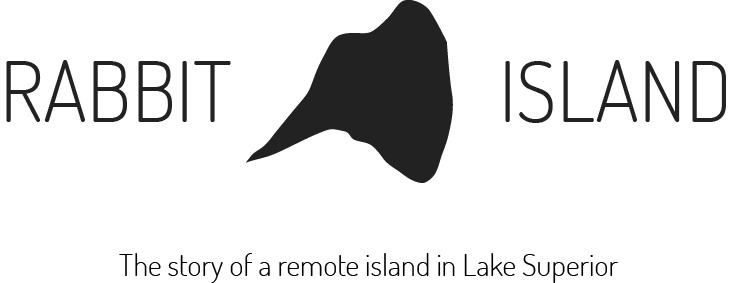Field Research Notes:
Well, I finally made it to the island. It’s obviously a great place! Superficially it has some differences to the mainland which are interesting. I find it reminiscent of the Pacific Northwest: the extensive arboreal lichens, sphagnum, and notable lack of decomposition (absence of fire?). Not that you don’t see this on the mainland, but it seems more pronounced on the island.
As you mentioned there are Peromyscus on the island. You’re also probably aware of the least chipmunk. During our visit we placed 50 Sherman live traps in a rather tight pattern. (If traps are widely dispersed captures rates usually increase because a greater number of home ranges are represented.) On the first night we captured 14 red-backed voles. In the “north woods” a 28 percent capture rate with low trap dispersion is a high number. This could be the results of inter-annual fluctuations. Alternatively, it could be due to lack of terrestrial predation.
I recently had an interesting conversation with Buzzy Butala (a long time Keweenaw guide, hunter and trapper). He described how fisherman used to drop him and his buddies off on the island in the morning and pick them up in the late afternoon. During the day they would “easily” shoot 40, 50, or 60 rabbits. This again suggests high numbers of mammalian prey. He also added that they were often “scrawny little things” compared to the mainland, further suggesting little to no terrestrial predation and food limitation.
This leads to some questions about research projects. One potential project would involve a genetic analysis of the red-backed voles. Does the island population show a reduction in genetic variability as compared to the mainland? Is there evidence of molecular divergence from the island population compared to the mainland? The lack of replication (only one island) is an issue, but there are ways this might be handled. My question initially is; would killing 30 voles be acceptable? I’m not sure how this fits in with the vision of the island or the conservation easement. A second possible project would involve foraging behavior and predation risk, using an island-mainland comparison. We use trays with sand and seeds to measure what’s referred to as a giving up density. This is a density of seeds eaten by a mammal in a subscribed sample area providing a reproducible measure of when individuals cease using a resource. The risk of predation can influence the giving up density and inferences can then be drawn as to population dynamics.
These two projects would be dependent upon graduate student interest, meaning it could happen next month or perhaps down the road. If a graduate student does express interest, I (or they) would then provide detailed research proposals. Before proposing either of these ideas to a student I wanted to make sure the general concept was acceptable.
There is a third potential project that I would be interested in pursuing myself. A comparison of vole–and possibly rabbit–population dynamics on the island vs. the mainland. This would be a long-term study: five years minimum; ten years would be good. This project would involve mark-&-recapture (live trapping) of voles and rabbits for one week every year. Again, there are challenges that would have to be overcome. For example, will hunting ever be allowed on the island? Rabbits are notoriously hard to live trap and this would obviously have some effect on the population. Trapping grids would have to be established, etc. This wouldn’t require trails but when the lines are traversed it will leave some signs of human activity through a portion of the dense island vegetation. I would also need to identify a mainland reference site. Preferably one that has vegetation similar to the island that is not heavily impacted by humans.
Cheers,
John
+ This is exciting.
+ Interesting study proposals.
+ We encourage the study of Rabbit Island. See the Rabbit Island Science Foundation discussion for more information.
+ Creating an environment where human activity exists and is fulfilling but does not detract from the baseline biologic potential of the land will be an interesting practical and symbolic experience.
+ Lake Superior has just had three of the warmest average summer surface temperature trends on record–a historic change.
